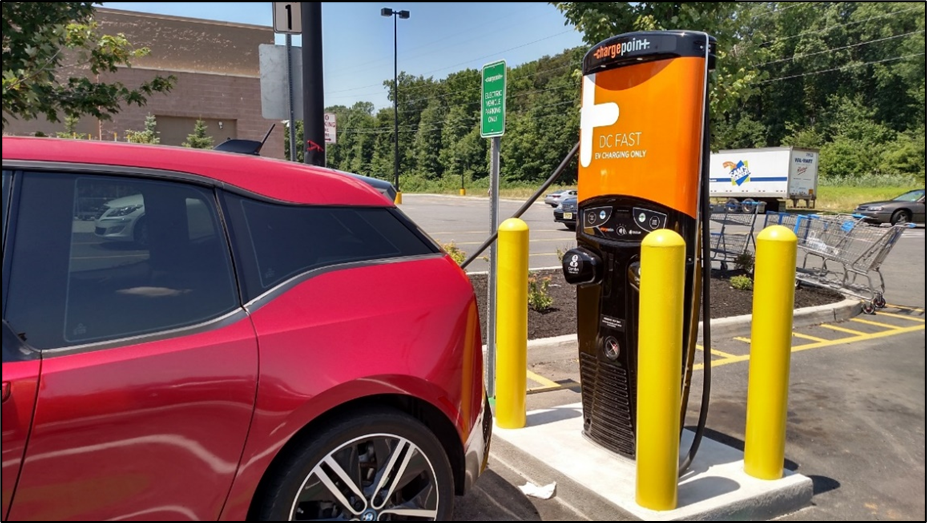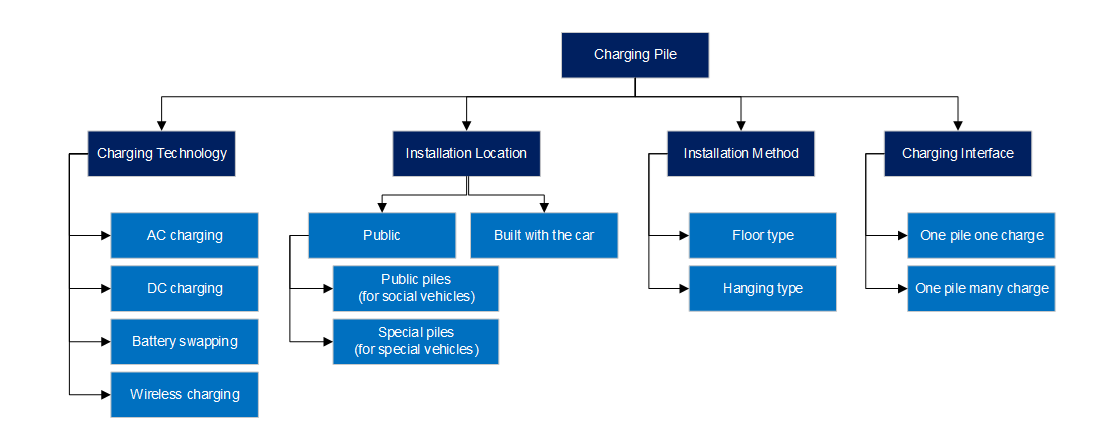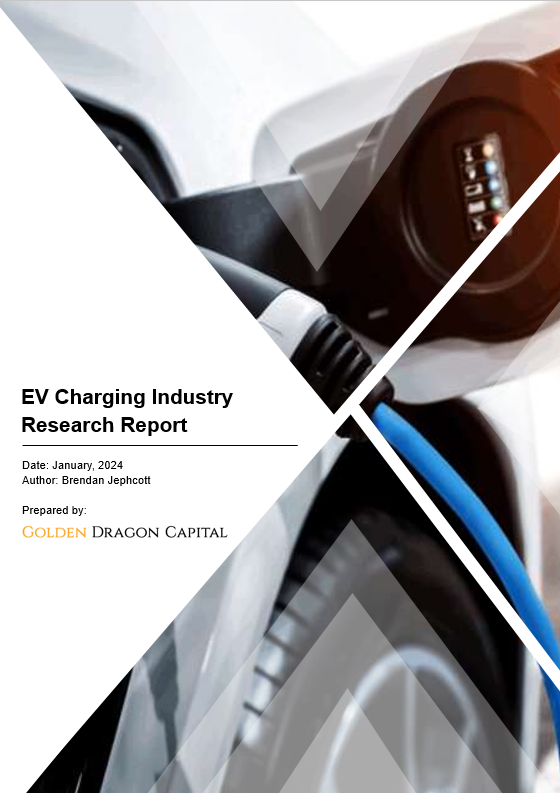Introduction
One of the largest concerns hindering the adoption of new energy vehicles in the global market today is range anxiety, a fear the consumer believes that an electric vehicle will not have enough battery charge to reach its destination, leaving its occupants stranded. The main solution to solve this pain point is the adoption of fast, convenient and inexpensive battery energy replenishment (EV charging).

Today, contemporary new energy vehicles are powered by high-performance rechargeable lithium-ion batteries, of which energy replenishment is mainly done by two methods, namely battery replacement or charging. On one hand, the time required for battery replacement is shorter, but it faces the problem of versatility across brands, multiple models, and voltage platforms. Construction and day to day operation costs of battery replacement stations is higher compared to charging piles, and property rights are complex. In addition, there is energy loss due to the frequent plugging of the high-voltage interface of the battery pack, and durability and safety need to be considered. Therefore, battery replacement stations are mainly built by auto companies for their own internal use.
Furthermore, charging piles have become the mainstream form of energy replenishment at present. However, low network density and long charging time of a single charge remains important factors hindering the EV adoption. Therefore, the main pain point of energy replenishment has been solved by growing a global charging pile industry.
Industry Chain
The charging pile industry can be divided into several categories, namely charging technology, installation location, installation method, and charging interface. Firstly, technology is divided into three subsets, namely public, dedicated piles installed by companies, and private home use. At present, private charging piles are mainly used in China. Public charging piles include public piles used for social vehicles and special charging piles used for special vehicles. On-board chargers built into the electric vehicles are actually private charging piles. In the inventory structure, private charging piles accounted for 64%, and public charging piles accounted for 36%.

Main EV Charging Product Types (AC/DC)
Charging piles products are categorised by charging method technology routes, which include direct current (“DC”) fast-charging piles, alternating current (“AC”) slow-charging piles, battery replacement, and wireless charging. In the future, new technologies such as high-power charging and non-inductive charging will be implemented.
- AC charging piles, commonly known as slow-charging, cannot directly charge the vehicle power battery. It needs to be connected to the vehicle charger to charge the vehicle. It uses conventional voltage, low charging power, and slow charging, but it has a simple structure, small size, and is of low cost. It is usually installed in public parking lots, shopping malls, and residential. Advantages include its mature technology, simple structure, easy installation, and low cost. Disadvantages include the use of conventional voltage, low charging power, and slow charging, and are mostly installed in residential parking lots.
- DC charging piles, commonly known as fast-charging, can directly charge the vehicle power battery, using high voltage, high charging power, and fast charging, but it has high cost and the voltage and current are large, which affects battery life. DC charging farms are usually installed in vehicle charging operator stations, fast-charging operator stations, and other places. Advantages of DC charging piles lie in the use of high voltage, large charging power, and fast charging, which is suitable for scenarios with high charging time requirements, such as taxis and buses, and DC charging piles are generally installed in centralised charging stations. Disadvantages of DC charging piles lie in its equipment, when compared to AC charging piles, it is more complex, and its manufacturing and installation costs are considerably higher.
Other EV Charging Product Types
- Battery swapping, refers to the battery replacement service for electric vehicles at a station. Advantages include a reduction in the electric vehicle purchase price and it eliminates range anxiety. Disadvantages include that with the variety of battery types and battery replacement methods, there are still problems. For instance, challenges include technical standards, tax policies, and management regulations for station construction. Currently the battery swapping model is mainly applicable to commercial vehicles. Auto companies which promote the battery swapping business model include NIO, BAIC, SAIC, Chang’an, and Geely.
- Wireless charging refers to wireless charging electric vehicles at stations. However, due to immature technical specifications and business model, it is still in the stage of exploration and early application.
Market Size Potential
The global market size is expected to grow from US$5.7 billion in 2022 up to US$23.85 billion by 2025. By 2025, China will have the largest market of US$9.90 billion, while overseas will reach US$14 billion. Moreover, in the overseas market, it is estimated that the United States market size will reach US$6.82 billion and Europe will reach US$7.18 billion.
Outside of China, the overseas growth rate will be high over the next few years, with a CAGR exceeding 79%. Of which, in terms of DC/AC, the growth rate of DC pile scale will be high in the future.
Contact us to purchase the full report today
Click to view the Table of Contents

For Further Information
